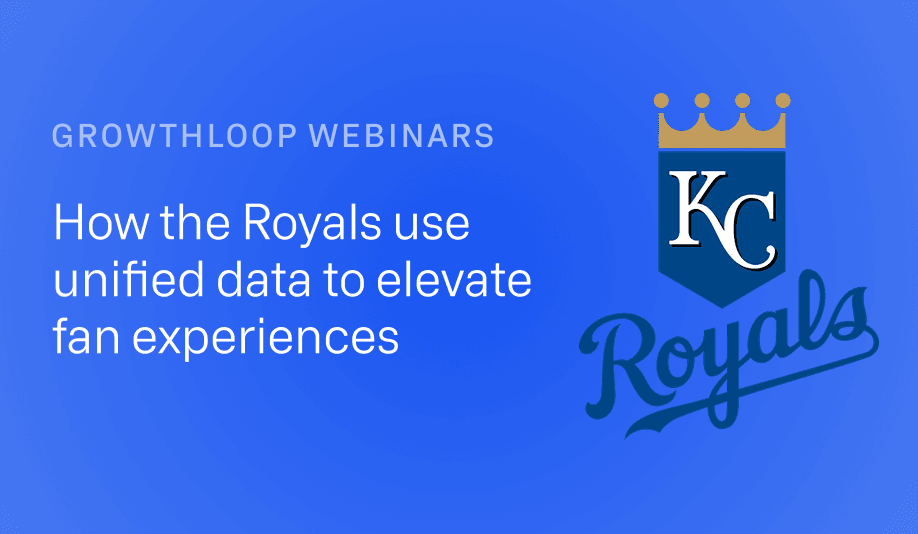What is customer 360?
Customer 360 is a master data management approach in which a company builds a comprehensive customer profile with all information about that customer.
Customer 360 is commonly referred to as a “unified profile” or “360-degree customer view,” among other terms. Each profile integrates data and insights from every source across the customer’s journey and can include:
Core details - The customer’s preferred name, contact details (which can include multiple email addresses or phone numbers), IP addresses, age, gender, and location
Purchase history - Data on all transactions like orders, returns, products purchased, and total dollars spent
Marketing and sales engagements - A history of the customer’s marketing and sales engagements, like demos held, calls taken, or links clicked on email
Social media activity - The customer’s activity across social media channels
Support interactions - A record of recent service or support conversations
Until recently, it has been challenging and costly for businesses to achieve a 360-degree view of a customer. Given the many integrations (sometimes hundreds) that are needed, it takes months to build a customer 360 solution from scratch. This is further complicated when stitching together incomplete, outdated, and unstructured data.
How did we arrive at customer 360?
Marketing and sales teams more than five years ago relied on limited customer data to create general personas and customer groups. It is now much easier for organizations to collect customer data at every interaction and use it to deliver hyper-personalized and effective services (often using artificial intelligence).
Customer 360 is increasingly necessary given that the average business uses more than 371 applications, which means that customer data is siloed and spread across literally hundreds of different sources. Some of these applications can include a company’s:
Customer relationship management (CRM)
Email service provider (ESP)
Enterprise resource planning (ERP)
Payment or invoicing software
Sales platform
Customer 360 is more than a buzzword, it is the solution for organizations that want a single source of truth to deliver fulfilling experiences.
Why marketers are failing to create a single customer view (and how to fix it)
Which marketing channels are involved with customer 360?
Customer 360 pulls from every customer touchpoint spanning online and offline marketing channels.
Every source provides key insights for organizations to tailor their services and improve the overall customer experience. This comprehensive view also helps teams provide a consistent experience across channels, which customers increasingly expect.
Customer 360 enables a successful omnichannel approach, in which customers receive seamless and high-quality experiences that reflect their engagements and preferences across channels, regardless of the channel they are currently on.
The following are the common customer 360 channels and relevant details:
Offline and in-person channels
In-store - Information on in-store purchases and activities like locations visited.
Phone calls - Details about the customer’s phone orders or phone support sessions, or phone orders they placed through third-party partners or resellers.
Direct mail - Recent mailers the customer received, which may include coupons or special offers.
Events - Conferences or trade shows that the customer attended and their interactions with the organization, either at its booth or during its conference sessions.
Online and digital channels
Website - How the customer engages with the brand website, including the date of the last website visit, page(s) viewed, and content they read or downloaded.
Mobile applications - Whether the customer uses the brand’s mobile app and their activity on it.
Social media - The customer’s social media channel(s) and recent activity, with a focus on identifying brand mentions or relevant personal insights.
Email - Recent email interactions with the customer, including their engagement with a brand’s email marketing and which email(s) they are subscribed to.
Advertising - Information on ads or offers the customer has been receptive to in the past.
Virtual Events - Virtual events or webinars that the customer attended, including actions they may have taken, like downloading the presentation or a piece of content shared at the event.




